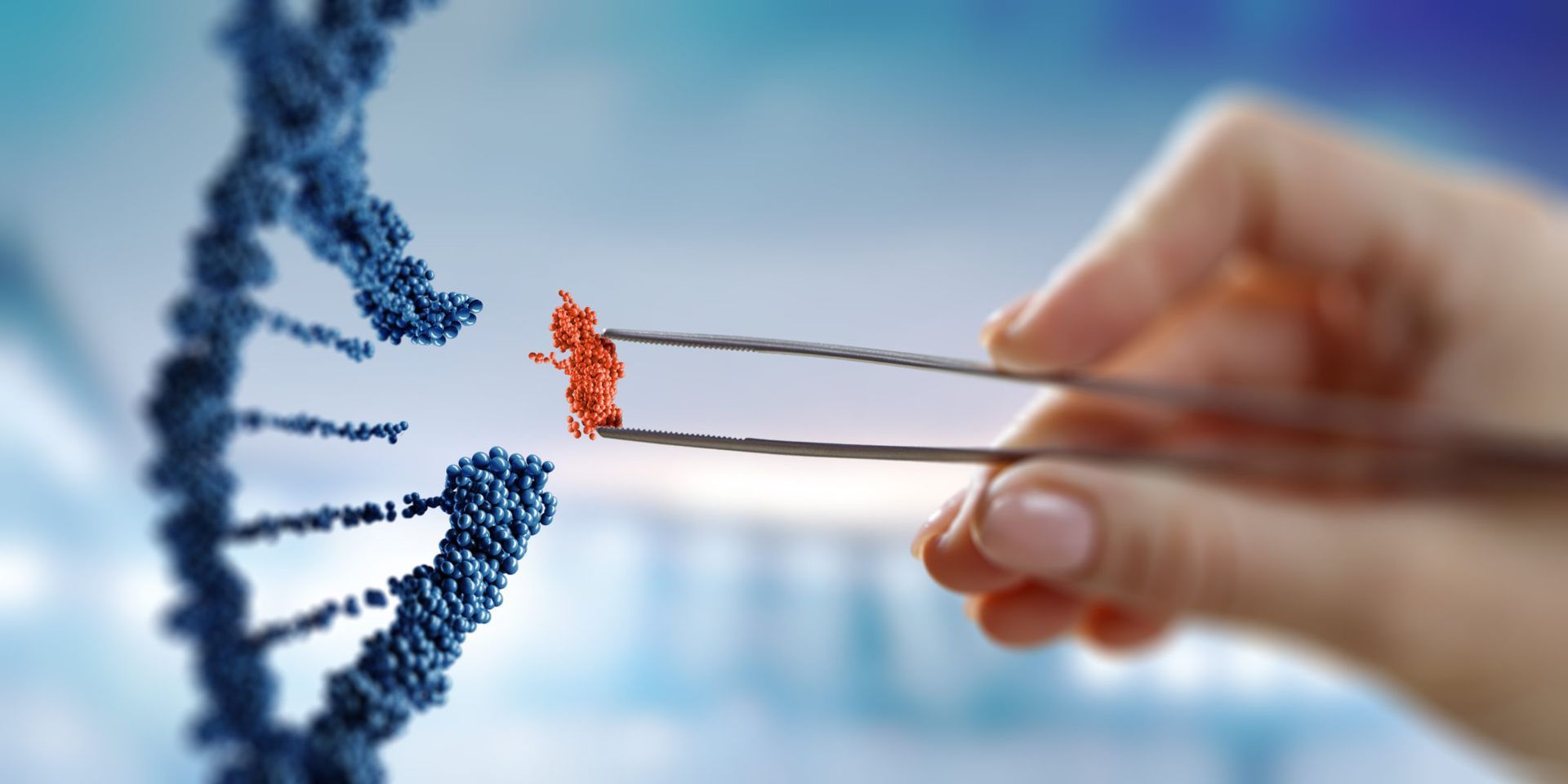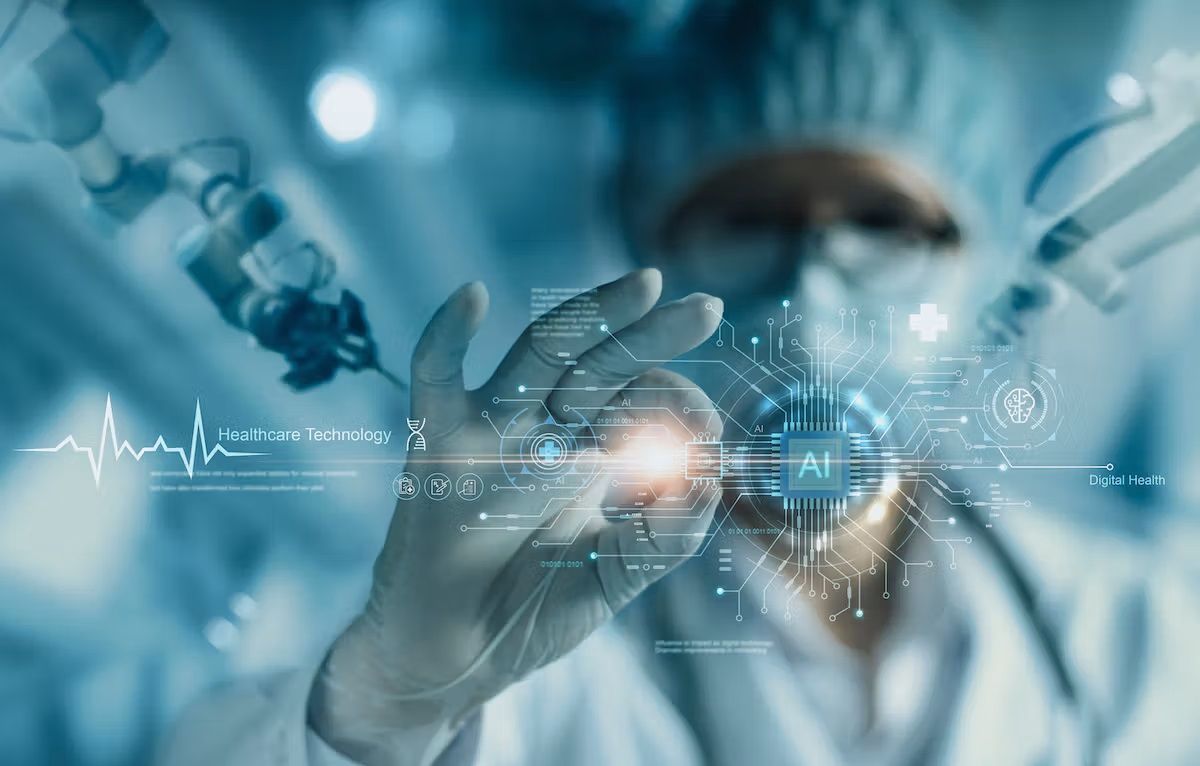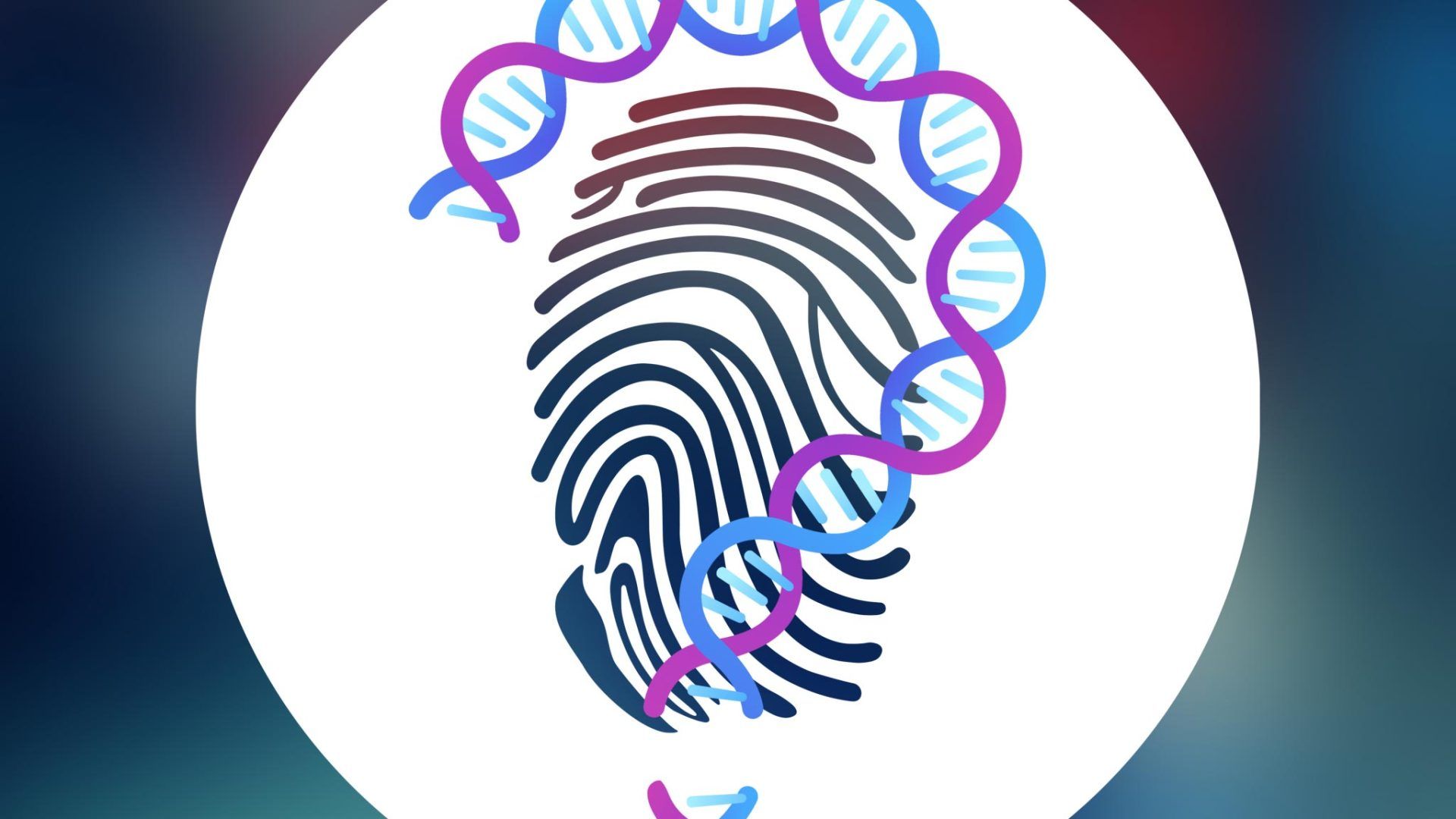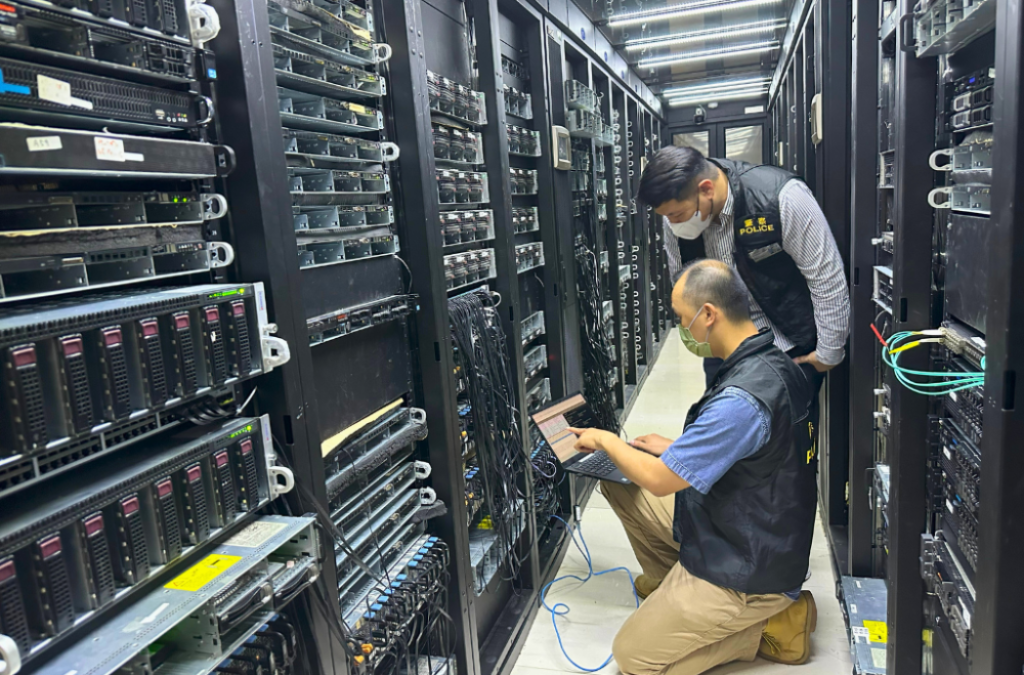Officer Training to Improve Crime Scene Processing
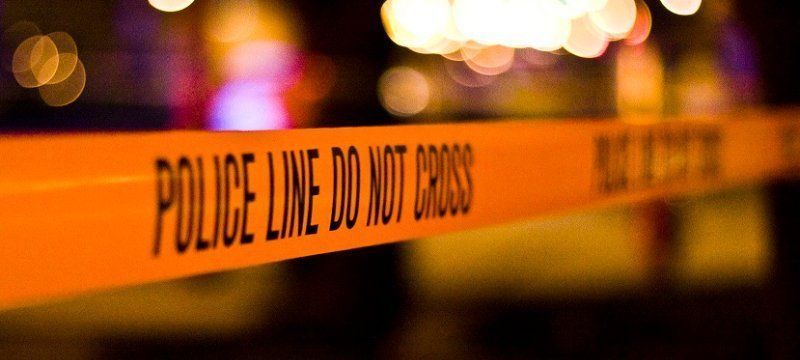
Crime scene technicians are responsible for photographing, looking for latent prints, and collecting evidence at crime scenes. Because of crime volume, crime scene technicians do not respond to all crime scenes. Many departments rely on specially trained officers or public safety aides to handle crime scene processing of less violent offenses, such as motor vehicle thefts and burglaries of homes and vehicles.
Training of officers for this time-consuming and methodical work is often a limited, one-time event. Refresher courses on crime scene processing are typically not offered, providing minimal assurances that officers are following protocol or handling evidence properly. Without periodic training, officers are also not exposed to changing technology or more efficient methods of crime scene processing and evidence collection. Challenges of Crime Scene Processing
Every crime scene is different and involves decisions such as whether to process evidence at the scene, collect evidence for later processing at the crime laboratory, or request assistance from the crime scene unit. When deciding how to approach latent print processing, factors that may affect the method include weather conditions, contamination of evidence, and whether the evidence is on a porous or nonporous surface.
Weather becomes an issue when it is raining and the officer is faced with processing a soaking-wet vehicle. The best course of action is usually to tow the vehicle to a police facility to allow the vehicle to dry before processing. If this is not an option, the second-best option is to ask the victim to call for processing when the vehicle is dry. If neither of these options is available, the officer is often limited to processing items inside the vehicle for latent prints and possible DNA. Touch, wear, or saliva DNA can often be found in a burglarized vehicle.
DNA should be the officer’s first focus. Collecting it would involve taking a sterile swab lightly dampened with distilled water and swabbing the steering wheel, turn signal, gear shift, and edges of the rearview mirror. Inside the vehicle, there may be other miscellaneous items that the officer may decide to swab such as drink cups or cans, cigarette packs, or cell phones. If the victim is available, the officer should ask him or her to carefully look inside the vehicle to see if they see anything that does not belong to them, and therefore may have been left by the perpetrator.
After carefully collecting possible touch DNA swabs, the officer should process the following locations for latent prints:
- Dash and console
- Rearview mirror and all windows
- Metal portion of seatbelts
- Miscellaneous items in the console, on and under the seats, and on the floor
- Items contained in glovebox and trunk
SOURCE:
In Public Safety


